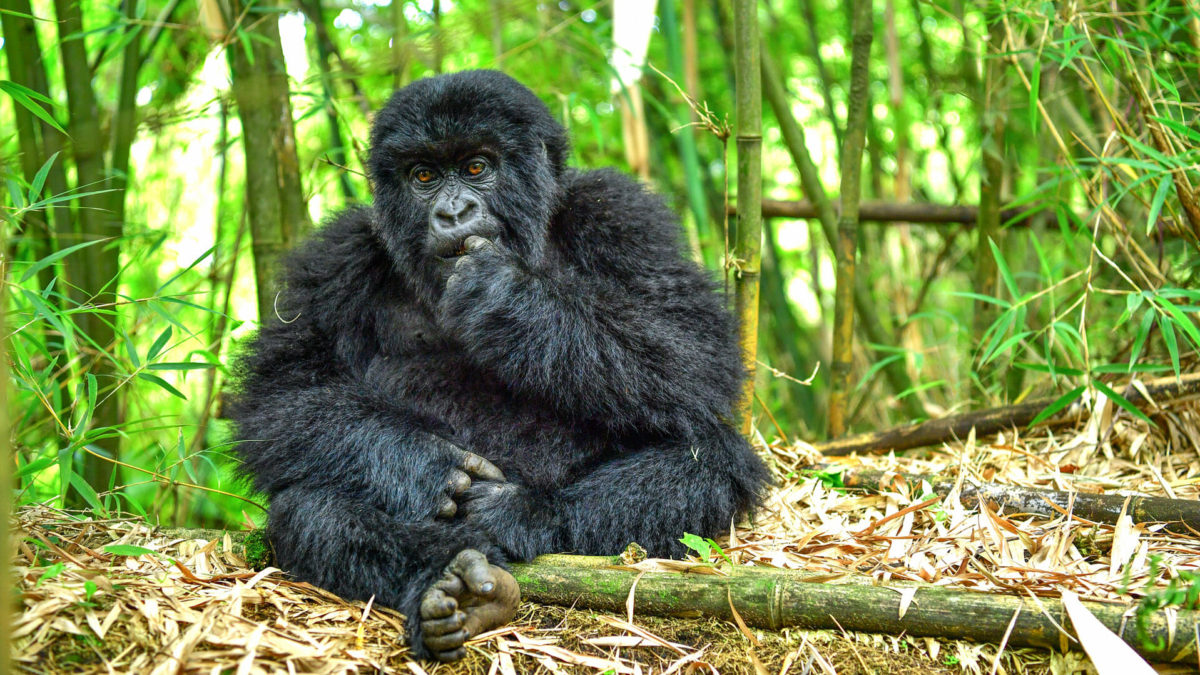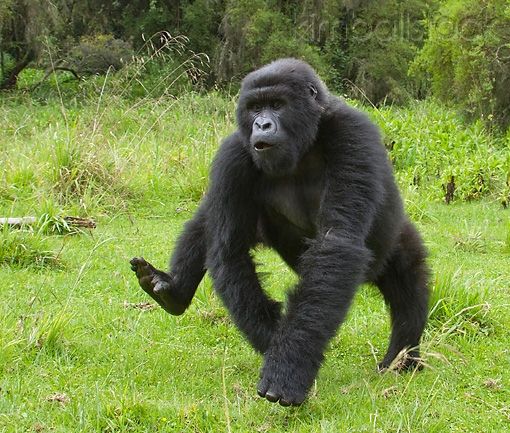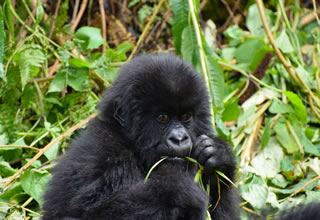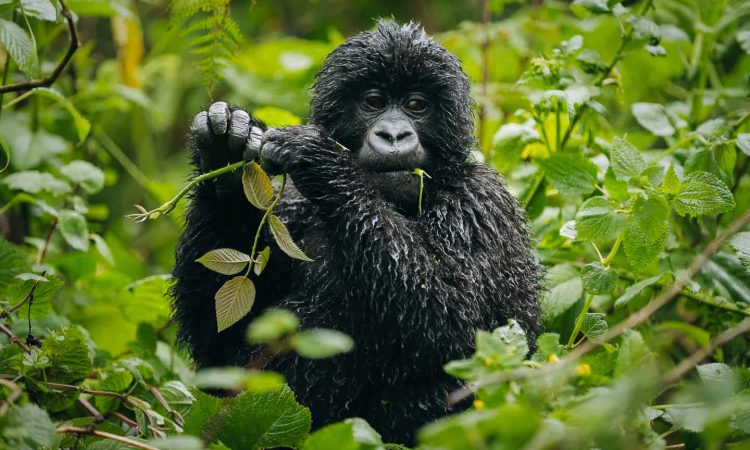
All About Bwindi Impenetrable National Park
February 1, 2023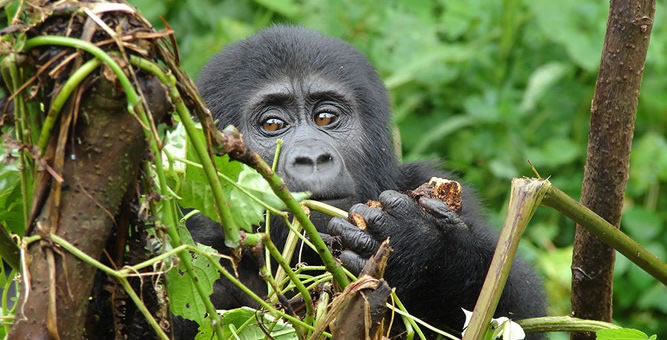
Guide To Mgahinga Gorilla National Park
February 3, 2023Gorilla tourism has become the most sought experience by tourists on an African safari combing their holidays with the big 5-game safaris. Each year, Africa records a significant number of tourists who come to see mountain gorillas and other gorilla sub-species like the Eastern lowland gorillas/Western lowland gorillas.
For over 100 years, there have been efforts to secure the lives of mountain gorillas in the wild. This has seen many conservation agencies and park authorities work together to ensure that these apes survive today and in the generations to come.
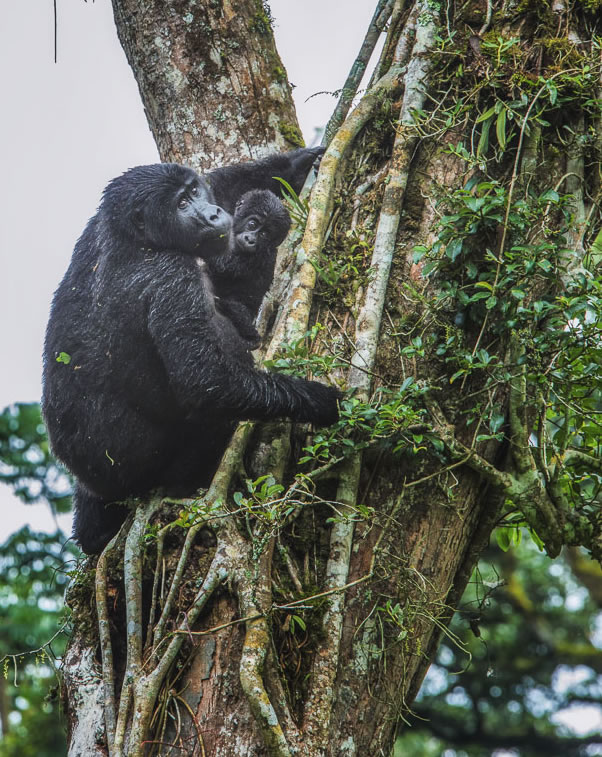
The history of mountain gorillas can be traced back to 1902 when Robert Von Beringe, the German captain and the 1st European, observed the mountain gorillas along the Sabyinyo mountain slopes. In 1903, they were named Gorilla gorilla beringei by Matschie.
In 1925, Carl Akeley, the American naturalist convinced his Majesty Albert the King of Belgium then to establish Albert National Park (Africa’s first park to be established) comprising the now Volcanoes National Park (Rwanda) and Virunga National Park (DRC).
The park’s boundaries were expanded in 1929 and in 1959; George Schaller the American zoologist visited the park to study mountain gorillas. There was little known about gorillas in their natural habitat till George Schaller published The Mountain Gorilla: Ecology and Behavior in 1963.
His study gave the first light to the public on how intelligent and gentle these apes are as opposed to earlier beliefs. Later, the National Geographic Society and Louis Leakey plus Dian Fossey followed Schaller’s field study about mountain gorillas in the Virunga region.
Gorilla habituation
In the 1960s, after the independence of Congo, the Albert National Park was split into two creating the Rwanda Volcanoes National Park and Congo’s Virunga National Park.
Around 1967, Dian Fossey visited the Volcanoes National Park for her field research about mountain gorillas. Successfully, some gorillas were habituated and in 1973, the Rwanda Office of Tourism and National Park Development was opened. This played a great part in setting new laws governing the parks and hunting of wild animals.
Around 1970 and 1980, the main target was to fight against poaching. The worst moment in protecting these apes was seen in 1978 when Digit silverback and about 5 other gorillas were killed in the shortest period. This called for collective efforts to ensure these apes are saved. Today, Digit’s grave lies at the old Karisoke center next to Dian Fossey’s tomb.
In 1973, there was the first attempt to connect gorilla conservation and tourism in the DRC and this was in Kahuzi-Biega NP. Kahuzi-Biega National Park was created in 1970 and expanded its boundaries in 1975. The park now covers 6000 sq. km and offers the best Eastern Lowland gorilla trekking experience.
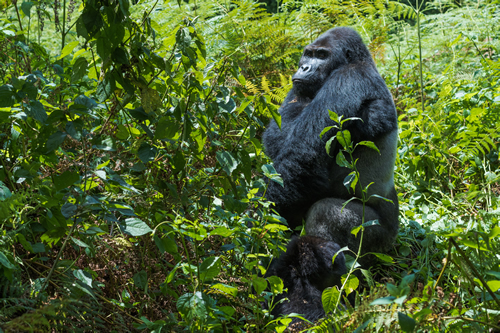
In 1979, gorilla conservation recorded incredible success in the mountain gorilla project. The introduction of gorilla trekking resulted in the formulation of gorilla rules. These still play a great part in ensuring the safety of the gorillas in the wild.
Originally, a maximum of 6 visitors were allowed to visit a single gorilla family, unlike today where each gorilla group is visited by a maximum of 8 visitors.
In the 1980s, Dian Fossey was mysteriously murdered (1987) in her cabin at Karisoke Research Center. She was laid to rest in the cemetery in Karisoke which she had established. The mountain gorilla population census started in 1989 and over 324 gorillas were recorded in the Virunga Conservation Area an area that encompasses 3 parks.
Bwindi had over 320 individuals and overall, there were only 644 of these large apes left on earth. In 1991, Bwindi and Mgahinga Gorilla National Parks were created under the Uganda Wildlife Authority management. The first gorilla family to open for gorilla trekking on the Uganda side is the Mubare family in Buhoma. In 2004, only 4 groups were available for gorilla tourism including Nkuringo, Mubare, Rushegura, and Habinyanja. The number later increased and in 2012, Bwindi alone consisted of 9 individuals.
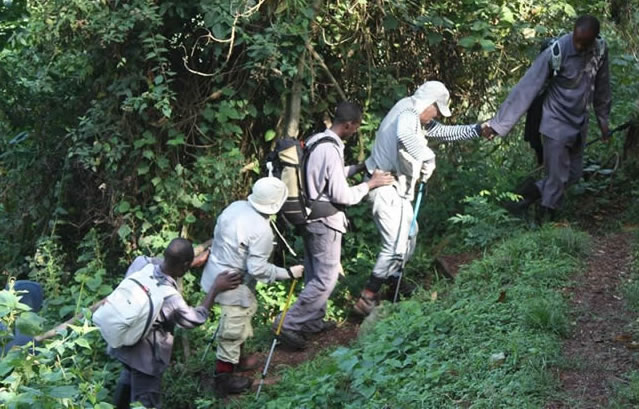
Gorilla Hiking Stick
This follows the long period it underwent the habituation process. In 1999, the Rwandan office of tourism and national parks (ORTPN) also re-opened the Volcanoes National park for gorilla trekking and permits were issued at USD 250 per person, in 2006-2007, the price increased to USD360, then to USD500. As of 2012, there were 9 habituated gorilla families set for tourism in Rwanda and permits were issued for USD 750.
Gorilla tourism in Africa today
As of 2021, Uganda had a record of 21 habituated families of mountain gorillas translating to 168 gorilla permits. In Rwanda, there are 12 groups open for gorilla trekking and this translates to about 96 gorilla groups.
A single Rwanda gorilla permit costs USD 1500 per person and in Uganda, USD 700 per person. Only persons above 15 years are eligible to book or go for gorilla trekking in any of the parks in Uganda or Rwanda.

